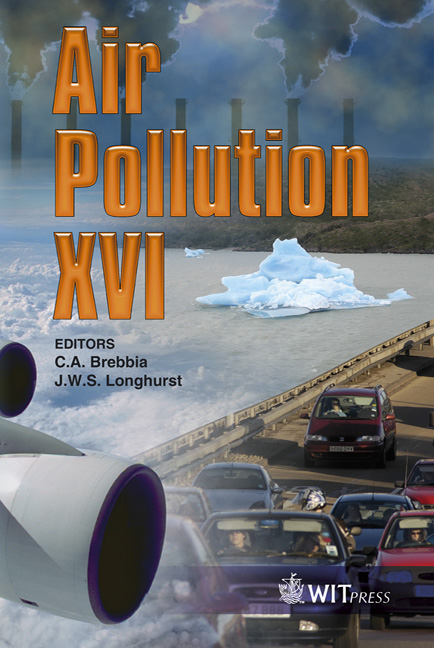Reduction Of CO2 Emissions By Carbonation Of Alkaline Wastewater
Price
Free (open access)
Transaction
Volume
116
Pages
10
Page Range
311 - 320
Published
2008
Size
605 kb
Paper DOI
10.2495/AIR080321
Copyright
WIT Press
Author(s)
M. Uibu, O. Velts, A. Trikkel & R. Kuusik
Abstract
In energy production based on combustion of fossil fuels, particularly the lowgrade ones (lignite, sulphur-rich coal, oil shale etc.), huge amounts of alkaline wastewater are formed. This situation is characteristic for the Republic of Estonia where 59% of the need in primary energy was covered by local oil shale in 2006. Due to the calcareous origin of the mineral part of oil shale, its combustion yields lime-containing ashes (5–6 million tons annually, containing 10–25% of lime as free CaO) as well as enhanced amounts of CO2 (up to 29.1 t C per TJ energy produced) as compared to coal combustion. To transport the ash into wet open-air deposits, a hydraulic system is used. As a result tens of millions of cubic meters of alkaline water (pH level 12-13) saturated by Ca2+- ions is recycling between the plant and sedimentation ponds. Before directing excessive water to nature it should be neutralized to a pH level accepted by environmental regulations (< 9). Related to this, the current work was targeted to develop possibilities for neutralizing wastewater with CO2-containing flue gases, leading to reduction of CO2 emissions. Intensification of respective heterogeneous gas–liquid reactions and characterization of calcium carbonate (PCC) forming were other objectives of the study. A cycle of laboratory-scale neutralization experiments using industrial wastewater samples and a model gas of flue gas composition has been carried out. Two different reactors – barboter-type columns and a dispergator-type phase mixer – have been comparatively examined. Sedimentation of PCC particles of rhombohedral crystallic structure has been shown and their main characteristics have been determined. A neutralization method having up to fifty times higher specific intensity has been proposed. According to calculations 970–1010 tons of CO2 can be trapped and 2200–2300 tons of PCC per million cubic meters of water can be obtained. Keywords: carbon dioxide, alkaline wastewater, Ca-compounds, carbonation, precipitated calcium carbonate.
Keywords
carbon dioxide, alkaline wastewater, Ca-compounds, carbonation, precipitated calcium carbonate.





